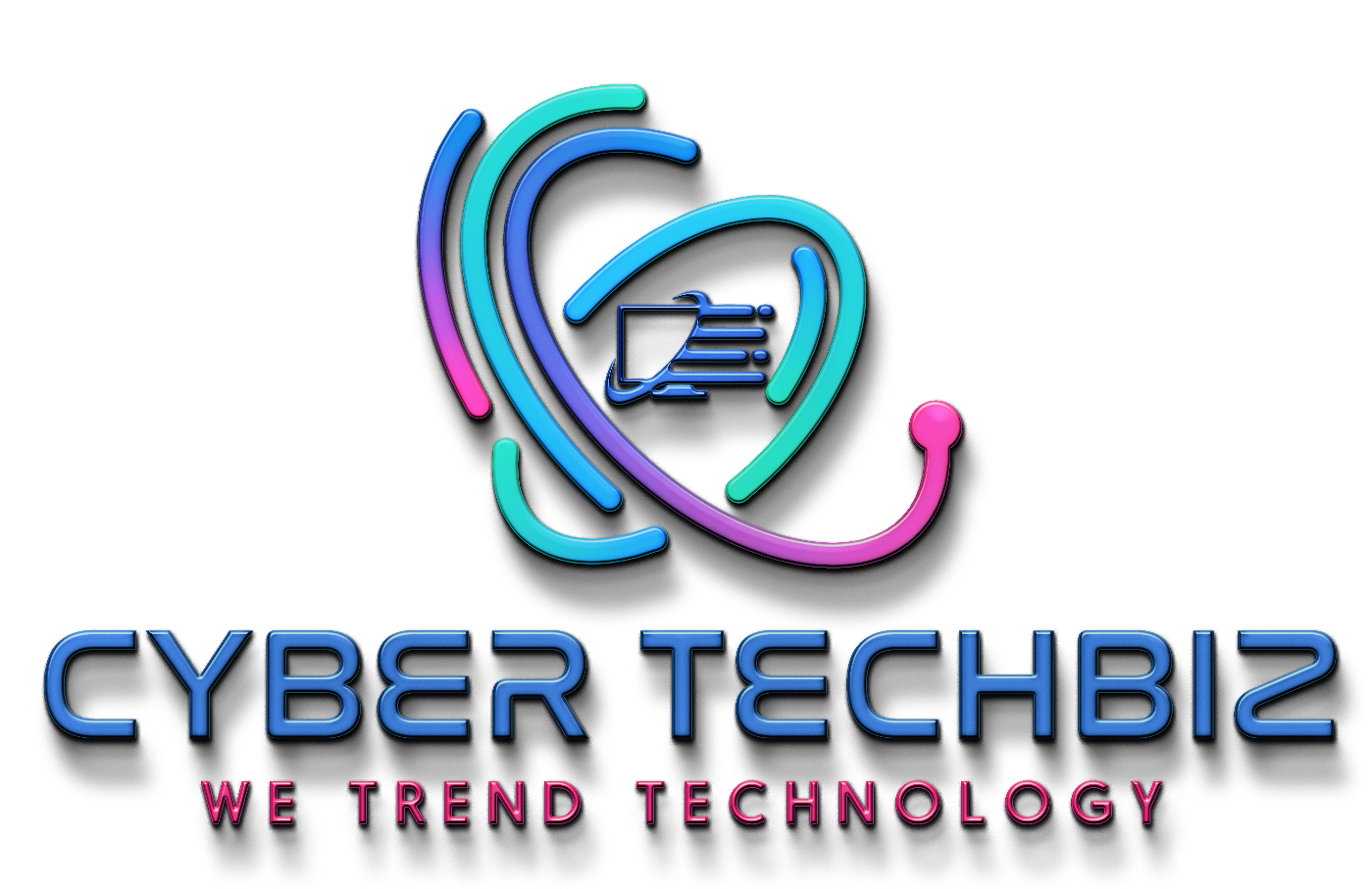- Centralized FinOps. In a centralized model, a single team or department is responsible for managing cloud costs across the entire organization. This approach provides consistency and centralized control, making it easier to enforce policies and standards. However, it may lack the flexibility to address the specific needs of individual business units.
- Federated FinOps. A federated model, also known as autonomous FinOps, allows individual business units or departments to manage their own cloud costs. This approach provides greater agility and customization, enabling teams to develop cost optimization strategies tailored to their unique requirements. While federated FinOps offers flexibility, it requires strong governance to ensure alignment with overall organizational goals.
Transitioning to a federated FinOps model can offer significant benefits in terms of agility and customization, but it also comes with its own set of challenges. Here are some of the key challenges organizations might face:
- Governance and compliance. In a federated model, different business units or departments manage their own cloud costs. This decentralization can lead to inconsistencies in governance and compliance. Ensuring that all units adhere to organizational policies and regulatory requirements can be challenging.
- Visibility and transparency. Achieving a unified view of cloud spending across the organization can be difficult in a federated model. Each unit may use different tools and processes for cost management, making it hard to consolidate data and gain comprehensive insights into overall cloud expenditures.
- Resource allocation and optimization. Without centralized control, it can be challenging to ensure optimal resource allocation and cost optimization. Different units may have varying levels of expertise and may not always follow best practices for cost management, leading to inefficiencies and higher costs.
- Collaboration and communication. Effective collaboration and communication between different units are crucial for the success of a federated FinOps model. However, silos can develop, and units may not share information or collaborate effectively, hindering the overall efficiency of the FinOps strategy.
- Skill gaps and training. Ensuring that all units have the necessary skills and knowledge to manage their own cloud costs can be challenging. Continuous training and upskilling are required to keep pace with the evolving cloud landscape and FinOps best practices.
- Tooling and integration. Different units may use different tools for cost management, leading to integration challenges. Ensuring that these tools work seamlessly together and provide accurate and consistent data can be a significant hurdle.
Addressing these challenges requires a well-defined strategy that includes strong governance frameworks, effective communication channels, continuous training programs and robust tooling and integration solutions. By tackling these challenges head-on, organizations can successfully transition to a federated FinOps model and reap its benefits.
3 popular cloud strategies: Cloud First, Cloud Smart and Cloud Power Play
Navigating the digital transformation journey can be complex, but understanding different cloud strategies can help organizations make informed decisions. Let’s dive into three popular strategies: Cloud First, Cloud Smart and Cloud Power Play, along with their pros, cons and real-world examples.

